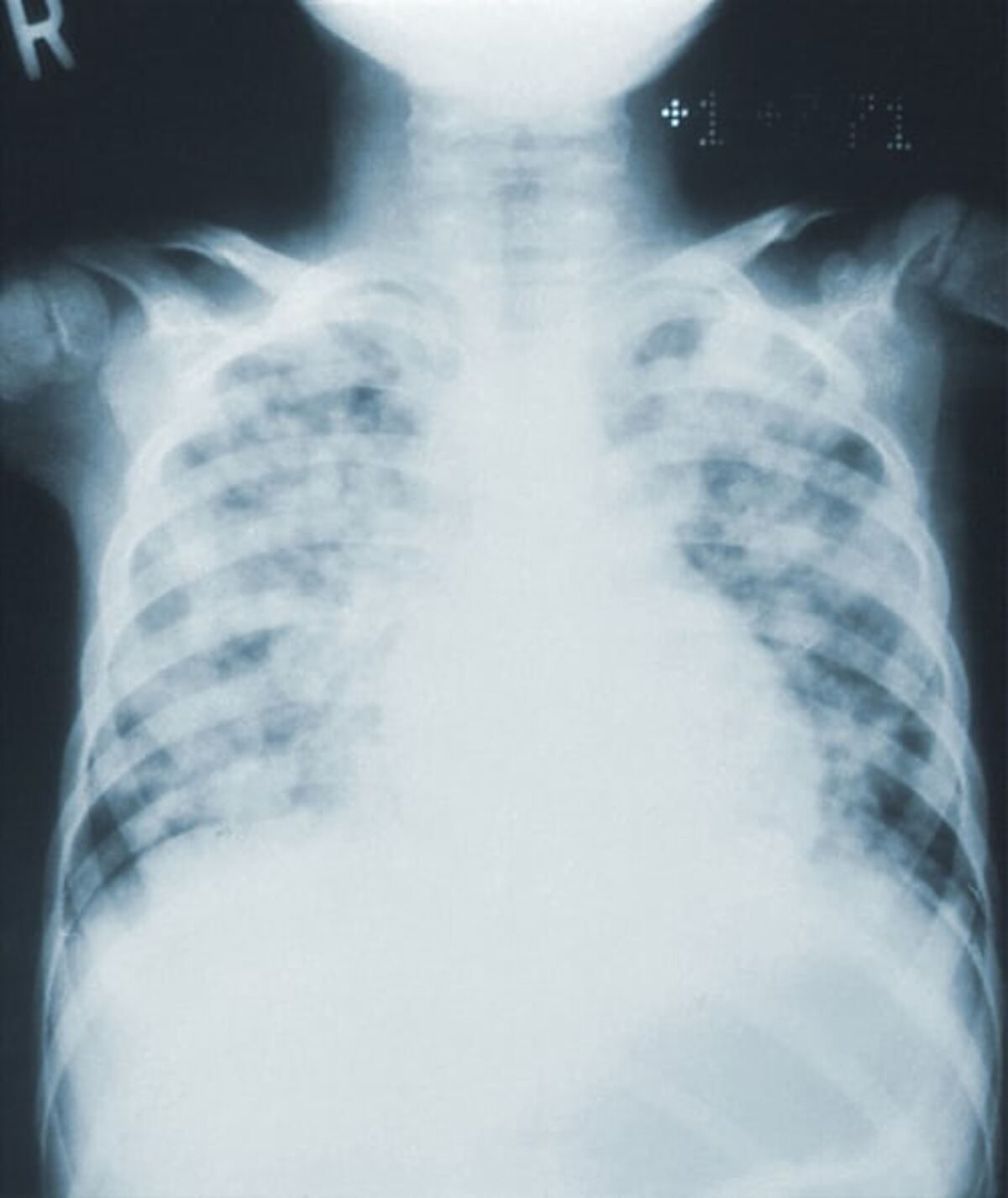Pneumonia symptoms vary from patient to patient, and it is essential to determine the cause. Fortunately, there are many treatment options. This article will explain some of the most common pneumonia symptoms and how to diagnose and treat the condition. Many treatments are available, including antibiotics, an excellent first line of defense against the illness.
Table of Contents
Symptoms of pneumonia
If you are experiencing symptoms of pneumonia, it’s essential to seek medical attention. This condition has many common symptoms, including fever, chest pain, shortness of breath, and inflammation of the pleura. These symptoms are very similar to flu symptoms and can lead to confusion. Your doctor can help you determine if you have pneumonia and how to treat it.
While common colds and flu can be treated at home, pneumonia is more serious. In severe cases, antibiotics may be necessary. Your doctor may also prescribe antiviral drugs, which can reduce the length and severity of the illness. You can also take over-the-counter medicines to relieve pain and reduce fever. Your doctor may also prescribe breathing treatments and exercises to help you recover faster.
Symptoms of pneumonia in children include persistent high fever and need for oxygen. Some children may have vomiting and dehydration. More severe cases require hospital treatment, such as IV antibiotics and fluids. They may also be admitted to an intensive care unit. Getting your child to a doctor quickly is essential if they show any of these signs.
Treatment
There are many treatments for pneumonia, depending on the type and cause of the infection. If bacteria cause it, antibiotics are the mainstay of treatment. These drugs can be given by mouth or intravenously in more severe cases. They’re usually given as soon as the first symptoms of pneumonia appear. However, they are ineffective against viral pneumonia.
Hospital-acquired pneumonia is life-threatening and can lead to severe lung complications. For this reason, it’s essential to see a doctor as soon as the symptoms appear. For example, patients may have chest pain or cough up blood. If the condition is not treated, it can lead to permanent lung damage.
People with chronic respiratory disease or receiving chemotherapy or long-term steroids are particularly susceptible to the onset of pneumonia. In such cases, bacteria can enter the bloodstream and spread the infection to other organs. In severe cases, a person may require a breathing machine.
Complications
Complications of pneumonia are conditions that affect the pleura (the lining of the chest cavity and the outside of the lungs). While many cases of pneumonia are treated successfully, some people are at higher risk of developing complications. These complications are often related to pneumonia or the drugs used to treat it. One common complication is the development of fluid in the lungs (pleural effusion). The fluid can spread to other organs or cause respiratory failure. Sometimes, doctors may need to drain the fluid with a chest tube or perform surgery.
If you are unsure if you have pneumonia, your doctor may suggest you have a chest X-ray. This procedure involves inserting a thin, flexible tube into your windpipe to examine the airways. The instrument has a small camera and light attached, lowing the doctor to see the inside of the lungs. This test helps the doctor determine whether you have pneumonia or something else that may be causing your symptoms.
Diagnosis
The most commonly used method of evaluating the diagnosis of pneumonia is an X-ray. An internist or radiologist performs chest X-rays after admission to the ED or in a meeting with the treating internal medicine physician. A chest X-ray can provide important information about the underlying causes of pneumonia and help the ED clinician make a proper diagnosis.
Initial testing for pneumonia typically includes a physical exam and medical history review. The physician may also order a chest x-ray to evaluate the patient’s airways. These tests are usually inexpensive and painless. A complete blood count can also be done. The doctor will look for an elevated white blood cell count. If this test indicates pneumonia, further testing is likely to be required.
X-rays cannot distinguish between bacterial and viral infections, but they can diagnose bacterial pneumonia if they show infiltrates in the lungs. Patients lie still for a few minutes while undergoing the test. Once a diagnosis is made, treatment can begin.


